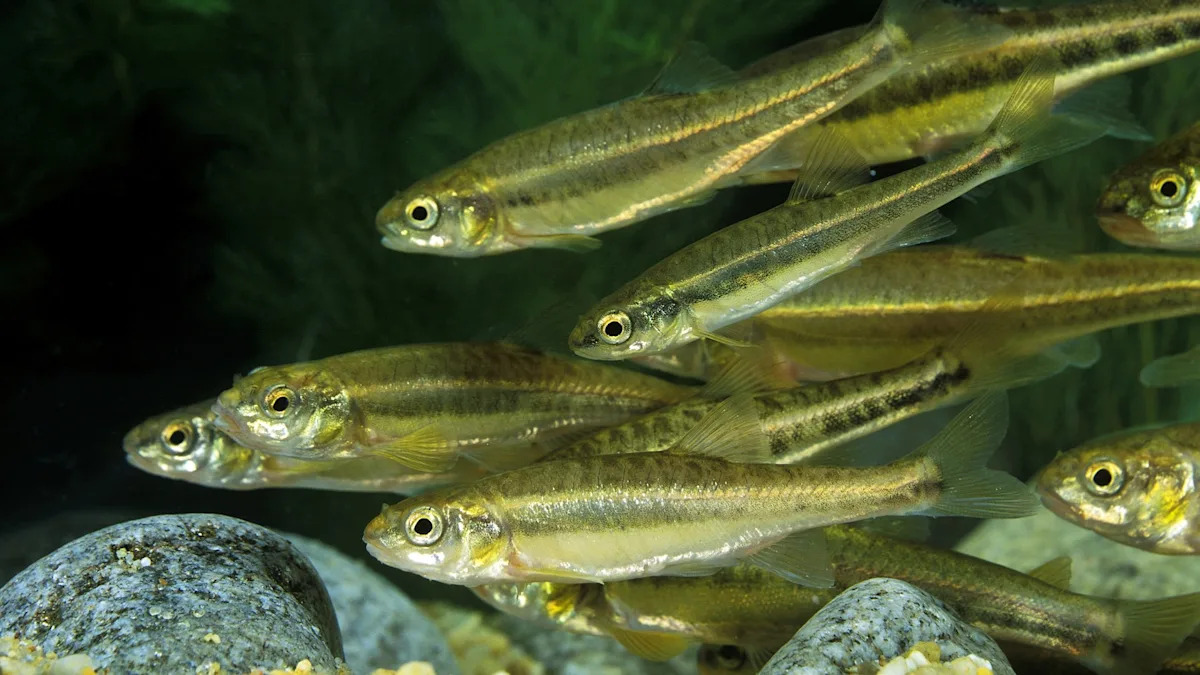A series of studies on various animals’ behaviors all point to the same thing: hotter temperatures lead to more aggressive behavior.
What’s happening?
In 2016, researchers from The University of the South in Sewanee, Tennessee, found that black-bellied salamanders get more aggressive in hotter temperatures, according to Science News. They were most aggressive when the water was 25 degrees Celsius (77 degrees Fahrenheit), which is 5 to 10 degrees warmer than the streams they usually live in.
A 2024 study found the same thing with bluntnose minnows, and a 2023 study discovered the same behavior among ants. Patrick Krapf, an ecologist on the ant research team, told Science News, “They start really fighting, like grappling.”
There are different reasons for each species, but the results are clear: Higher temperatures mean more aggression.
Why does animals’ aggression in higher temperatures matter?
Global temperatures have steadily increased since the 19th century, with 2025 being the hottest on record, according to the U.S. National Oceanic and Atmospheric Administration.
As the planet warms, extreme weather such as heat waves becomes more common. The researchers told Science News that this altered behavior could lead to species decline in the long run. And animals aren’t the only ones affected.
Recent heat waves in California, for example, led to over 400 deaths and cost the state billions of dollars. They also cause an uptick in wildfires, worsening air quality and causing health problems in humans.
What’s being done about it?
Science News reported that scientists are investigating the link between heat and aggression in humans. More animals are being studied to paint a more complete picture of how rising global temperatures could impact different species.
Meanwhile, other researchers are trying to find solutions to help people cope with heat. In Ahmedabad, India, scientists are experimenting with cool roofs, which reflect, rather than absorb, heat rays.
Join our free newsletter for good news and useful tips, and don’t miss this cool list of easy ways to help yourself while helping the planet.

